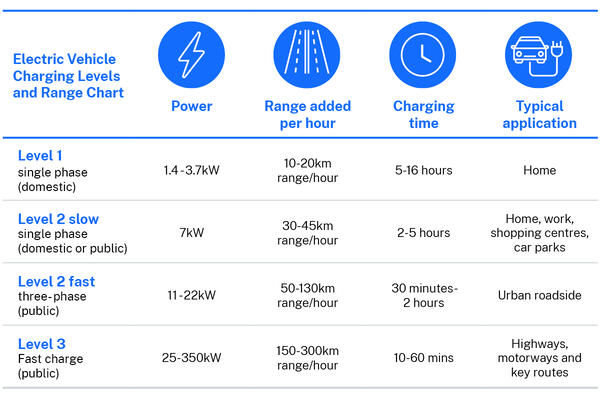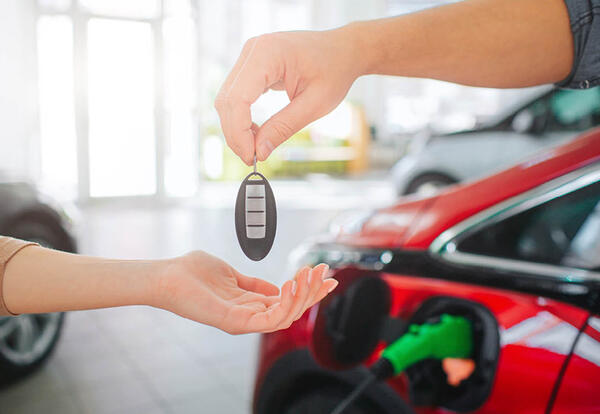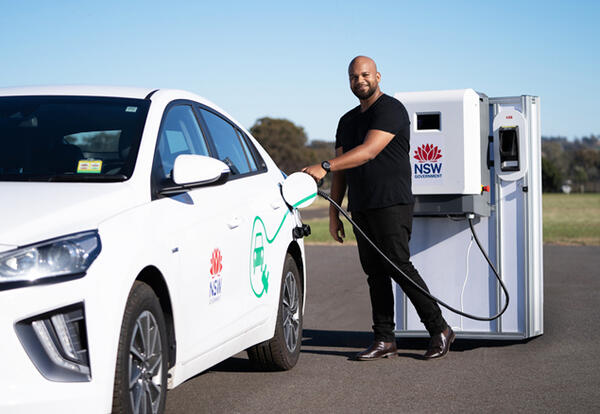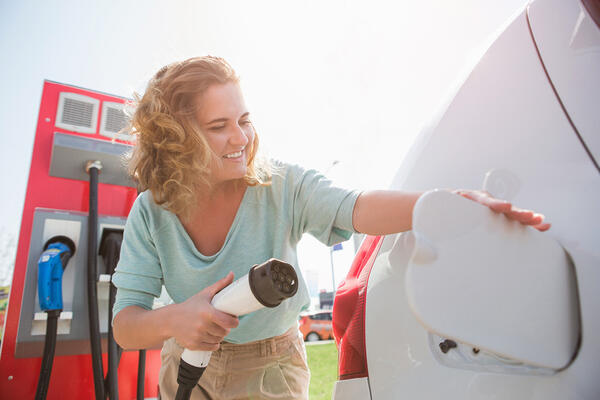
Charging an electric vehicle
Charging an EV can be a simple as plugging in your phone to charge.
This page provides a general guide about Australian EV chargers including charger types, speeds, instructions, and plugs.
What are chargers and electric vehicle supply equipment?
Electric vehicle supply equipment is the hardware that delivers energy, from an electricity source, to charge an EV battery. It is often referred to as the charging station and sits outside of the car.
What are the different charger types, and how long it takes to charge?
EV chargers are categorised by levels indicating the amount of power delivered to an EV from the charger. Level one is the lowest and level three is the highest. The types of chargers currently available are listed in the table below.
Level 1
- Alternating current (AC) slow charging ranging from 1.4kW to 3.7W AC charging capability.
- The same as plugging into a regular power point at home or work.
- 10 to 20 km range added after being plugged in for an hour. Charging is usually performed overnight or for a few overs during the day to recharge the vehicle by 100-200km.
Level 2
- Alternating current (AC) charge range from 7kW to 22kW.
- A dedicated charger with its own plug or socket. Level 2 chargers are much faster than level 1 chargers.
- Typically adds 30 to 130km of range per hour, dependent on each individual car configuration.
Level 3
- Direct current (DC) fast charging. The fastest charging option, offering 25 kW to 350 kW DC fast charging capability.
- This level charger can add 150 to 300km range per hour, with some vehicles being able to be fully charged in 10 to 15 minutes.
EV charging levels and range chart
This chart demonstrates the range of various EV charger levels. It covers how long it takes to charge an EV, and the kilometre range added to the vehicle.
What types of charging plugs are available?
In Australia the standard plugs used include:
- Type 2 (Mennekes) plug for alternate current (AC) charging
- Combined charging system (CCS2) for direct current (DC) charging
- Charge de move (CHAdeMO) for DC charging.
The Combined Charging System (CCS2) is becoming the standard DC plug type. As of 1 January 2020, all new EVs sold in Australia will have both the AC and DC plugs as standard.
| Plug | Power Delivery and Features |
|---|---|
| Type 2 (Mennekes) | 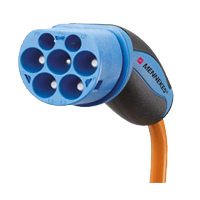 |
| Combined Charging System (CCS) | 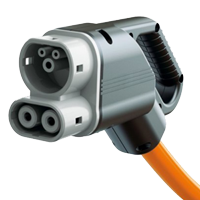 |
| Charge de Move (CHAdeMO) | 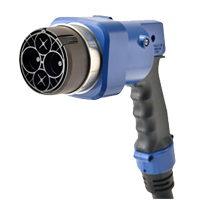 |
Where can I charge an EV?
You can charge an EV either at home, at your work, or at different public locations such as highway service centres, visitor attractions, accommodation venues, public carparks, supermarkets etc.
To see where you can find public charging stations in Australia, view the charging map.
How to use EV chargers?
The exact charging process may change depending on the type of charging station, but this will usually be in relation to payment type.
Some chargers will require a dedicated card, or you may need to download a specific app which relates to the charge point operator (CPO). Others will allow payment using standard Visa, MasterCard debit and/or credit cards. Accepted payment types will normally be clearly displayed on or near the charger.
General steps to use an EV charger
Step One
Connect one end of the charging cable to the charging station (if the cable is not already attached – some stations may a have the cable attached).
Step Two
Connect the other end of the charging cable to the EV. Typically, the user will hear a lock-in sound when the charger is secured.
If the charging station is free and does not require payment then the EV will start charging automatically. Otherwise, check the charger screen for further information.
To ensure the EV is charging, look out for indicator lights which will often appear on the vehicle display.
There will usually be information displayed on the charging station screen which will indicate charge times, charge capacity etc.
Step Three
Once the EV is charged, disconnect all plugs, and leave the charger as you found it. This will ensure station care and courtesy for the next user.
When using a fast-charging station it is recommended the user charge to 80% state of charge (SoC). This will improve vehicle battery care and life.
Step Four
Remember to exercise courtesy and patience when queueing and using public chargers.
Some users may be unfamiliar with charging and may take more time than others. As a rule of thumb, queue as you would normally for petrol services.
To allow access for other drivers, please vacate the station as soon as your vehicle is charged.
If you notice any damage to the charger, please report it to the charge point operator. Charge point operator contact details will usually be listed on the charging station.
More information:
Why buy an electric vehicle?
Learn more about the benefits of owning an electric vehicle
Available electric vehicles
View all of the battery electric vehicles (BEVs) and plug-in hybrid vehicles (PHEV) currently available in Australia

